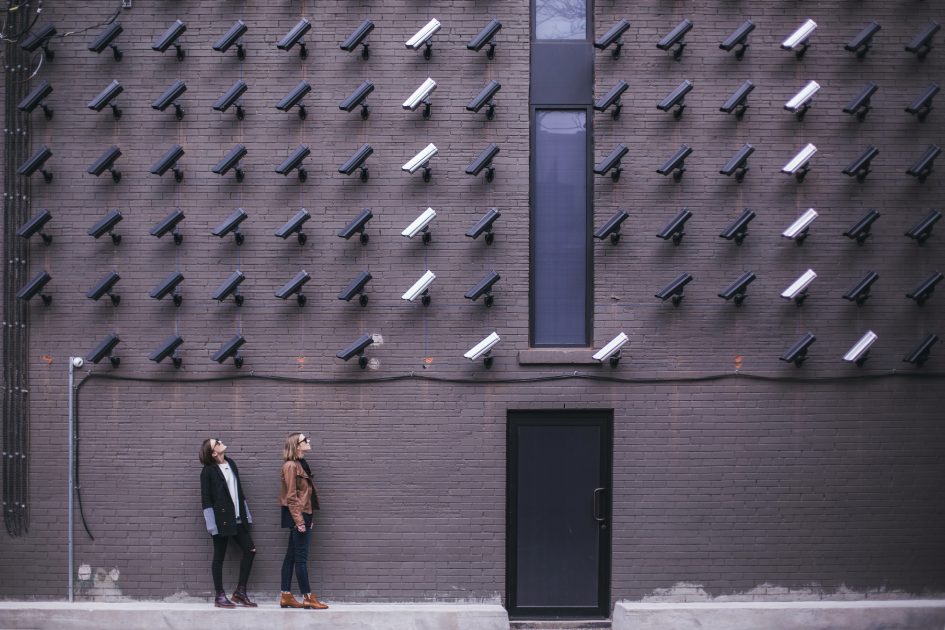Contributing to Social Media in the Context of FIPPA
If while working, a teacher posts photos of their vacation on a social networking profile, it is unlikely those photos would be considered to be “in the custody or under the control of” the school. By contrast, if the teacher posts photos of people reading in their classroom on a social networking page, it is likely those photos would be considered to be in the custody or under the control of the
school.
Using Social Media for Teaching in the Context of FIPPA
Where students may be required to upload, use or share personal information on social media as part of a class project or assignment, educators should provide students (and/or parents) with written notice of the purpose of the project or assignment, the technology to be used, what personal information may be required, why, the authority for requiring it and the potential uses of the information.
Privacy Guide for 3rd Party Social Media
FIPPA Process Example (consent)
Educators should also obtain their students’ (or parents’)informed consent for any collection, use or disclosure of their personal information. Informed consent is typically requested and provided in written form and should be obtained after students or parents have been made aware of the reasons, purposes, methods and implications for requiring their information. If students or their parents opt out, the teacher should provide an alternative.
It is important for educators to take the time to educate students about privacy. Since most social media web sites, services and applications permit quick, easy, wide and usually irretrievable dissemination of personal information, educators serve their students well by providing them with key information about relevant privacy laws, practices and tools that students can use to better protect themselves online. Staying Safe on Social Media – Government of Canada
Banner Top Photo by Matthew Henry on Unsplash


Leave a Reply